For most people, applying heated water to coffee beans seems like the most natural way to make a cup of coffee. However, for hundreds of years coffee was extracted using room temperature water that steeped the coffee grounds for longer periods, a method called cold brewing.
This method has seen a resurgence in popularity over the past few years, largely because of the unique flavour, health benefits and environmental benefits obtained from cold brewing. In this guide, Arik Waiss founder of wholesale coffee Doppio Coffee will share some of those benefits and a number of ways to make cold brew coffee.
Health and Environmental Benefits of Cold Brew Coffee
Statistics from the National Heartburn Alliance estimate that 54 million Americans suffer from heartburn (Toddycafe.com, 2015). Traditionally brewed coffee can be a trigger for heartburn because of its high acidity. The acidity of coffee can also stimulate the hyper-secretion of gastric acids and increase the risk of stomach ulcers (Zmark.net, 2015).
Cold brew coffee is approximately 67% less acidic than hot-brewed coffee, making it an ideal choice for people who experience heartburn or Gastroesophageal Reflux Disease (GERD).
Because the coffee does not come in contact with heated water, the end product has a different chemical profile and is naturally sweeter. Cold brewing leaves some bitter-tasting components behind in the coffee bean including bitter oils, ketones, esters and amids. The sweeter flavour allows people to use less sugar in their coffee than they normally would. Lower sugar consumption reduces the risk of obesity, diabetes and many other life-threatening diseases.
The high levels of heat applied to traditional coffee are also suspected of damaging the positive properties of the coffee bean. Heat can cause the aromatic oils in the bean to dissolve or become inflammatory agents once ingested. It is thought that these oils contain most of the beneficial components found within coffee beans including phytonutrients, fatty acids and antioxidants (Augusta Free Press, 2014).
The environmental benefits of cold brew coffee are related to energy consumption. Coffee machines can be notoriously energy hungry and can remain on for long periods throughout the day. With cold brew coffee, you make your big batch of coffee every one or two weeks without using electricity and producing greenhouse gas emissions.
Cold Brew Techniques
Solubility is the chief consideration when thinking about the temperature of water being used to extract flavour from 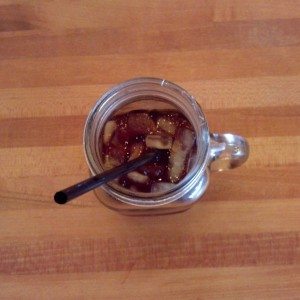 the coffee bean. Hot water is a more effect solvent and can quickly transfer flavour from the bean to the water. Cold water will need more time to extract the flavour from coffee beans.
the coffee bean. Hot water is a more effect solvent and can quickly transfer flavour from the bean to the water. Cold water will need more time to extract the flavour from coffee beans.
Oxidation can also dramatically change the flavour of coffee, so it is advisable to limit the amount of oxygen your coffee is exposed to while brewing. It is for this reason that cold brewing is best done with sealable containers.
In its simplest form, making cold brew coffee involves steeping coarsely ground coffee in a container with room temperature or cold water for a long period — usually between 5 and 24 hours. Coffee aficionados have refined cold brew techniques to give the end result even more flavour. Here are some cold brew coffee techniques from the basics to the methods used by coffee masters!
Simple DIY Cold Brew Coffee — Immersion Technique
This is coffee preparation at its simplest, the way they used to make coffee hundreds of years ago.
The challenging part of making cold brew coffee using the immersion method is settling on a ratio between coffee and water. Some recipes call for a 4:1 ratio between water and coffee while others stretch that out to a 10:1 ratio. If you find that the coffee produced is too strong, simply dilute it with water.
For this recipe, you will need approximately 1 cup of coarsely ground coffee, 4 cups of water, 2 containers and some coffee filters or cheese cloth.
- Using a large glass or plastic container, mix your coffee with cold water. Aim to use a container or jar that can be filled close to the top and sealed, limiting the amount of oxidation that occurs.
- Let the coffee steep for 12 hours or more
- Pour the coffee into another container, filtering out the coffee grounds with the coffee filter or cheese cloth.
The difficulty with using this basic method is the slow speed with which the coffee passes through the filter. For this reason, some people opt to prepare cold filtered coffee in a large French press. If using a French press, ensure that you seal the top with plastic to avoid oxidation.

Aeropress and Toddy Brewers
Cold Brew Coffee Devices — Full Immersion Method
In 1964, a Cornell University chemical engineering graduate named Todd Simpson ordered a coffee from a cafe in Guatemala. He was given a small amount of coffee concentrate (which was cold brewed) and some boiling water. Upon trying the coffee, he was surprised by the lack of acidity. Todd’s mother has trouble stomaching hot-brewed coffee because of the acidity it contained, which inspired him into designing a device to make cold brewing simple.
The Toddy brewer is a very simple device with a filter at the bottom. It requires 1 pound of coarsely ground coffee and 9 cups of water. You should avoid using a blade grinder if you are grinding the coffee yourself — it can create small coffee particles that clog up the filter.
- Insert the plug into the bottom of the brewer and insert a filter
- Add a small amount of water (approximately 2 cups) to the bottom of the container
- Half a pound of coffee is added to the device
- The remainder of the water is added
- The remainder of the coffee is added. Do not stir the coffee, because it can clog the filter
- The toddy is then placed in the fridge or on a counter for 12 hours
- The brewer is placed over a decanter and the bottom of the Toddy is opened, allowing the coffee to drain
The coffee concentrate that is produced can be used to make iced coffee or mixed with hot milk/water. The concentrate remains good for up to 6 weeks if refrigerated, making it a very convenient way to prepare your weekly coffee. Filtron devices operate using the same principles as the Toddy.
Cold Brew Coffee Devices — Drip Fed
There are also drip-fed cold brew devices which slowly add water to the coffee. The Cold Bruer is one such device. This brewer has three levels:
• The top which can hold ice and water
• The second which contains the coffee being brewed
• The third (bottom) which contains the brewed coffee
Water slowly drips through the ground coffee, collecting in the bottom chamber. These devices take approximately 5-10 hours to produce cold brew coffee and have a slightly different flavour to the full immersion method
Advanced Cold Brew Recipe — Drip Fed
A more elaborate cold brew recipe comes from Steve Rhinehart at Prima coffee (Prima Coffee, 2015). It uses the same technique as the Cold Bruer, but allows you to achieve the same results for a cheaper price. It requires an AeroPress with 2 filters, 45 grams of coffee (medium-fine), 300 grams of water, 200 grams of ice, a water bottle a sewing needle, a sharp blade and a mason jar.
- Cut off bottom off the water bottle with sharp blade
- Puncture bottle’s cap with the sewing needle, creating a small hole
- Put the cap back on the bottle, hold it upside down and add water. Ideally it will come out of the hole at approximately 40 drops per minute
- Assemble AeroPress and add the coffee
- Moisten grounds a small amount of water
- Trim paper filter to fit inside of AeroPress, placing it on top of the coffee bed
- Place the Aeropress on the mason jar with the mount bottle on top.
- Fill bottle with remaining water and ice. When the water bottle is empty, disassemble and enjoy your coffee!
Thanks for reading. Information written by Arik Waiss, founder of Doppio Coffee.
Sources
- Augusta Free Press,. (2014). Maximize the healthfulness of coffee by cold brewing, adding fat. Retrieved 8 August 2015, from augustafreepress.com/maximize-healthfulness-coffee-cold-brewing-adding-fat/
- Iced Coffee. (2012). Retrieved 9 August 2015, from beansandwater.tumblr.com/post/22588752858/iced-coffee
- Prima Coffee,. (2015). What Everyone Ought to Know About Iced Coffee & Cold Brew. Prima Coffee. Retrieved 9 August 2015, from prima-coffee.com/blog/what-everyone-ought-know-about-iced-coffee-cold-brew-31371
- Toddycafe.com,. (2015). Low Acid Coffee | Benefits Of Cold Brew | Toddy Coffee Maker. Retrieved 8 August 2015, from toddycafe.com/cold-brew/low-acid-coffee
- Zmark.net, Z. (2015). Effects of Caffeine and Coffee on Heartburn, Acid Reflux, Ulcers and GERD: Effects of Caffeine and Coffee on Heartburn, Acid Reflux, Ulcers and GERD Reviewed by Meri Rafetto, RD, Theresa Grumet, RD, and Gerri French, RD, MS, CDE. Healthy.net. Retrieved 8 August 2015, from healthy.net/Health/Article/Effects_of_Caffeine_and_Coffee_on_Heartburn_Acid_Reflux_Ulcers_and_GERD/2396/2

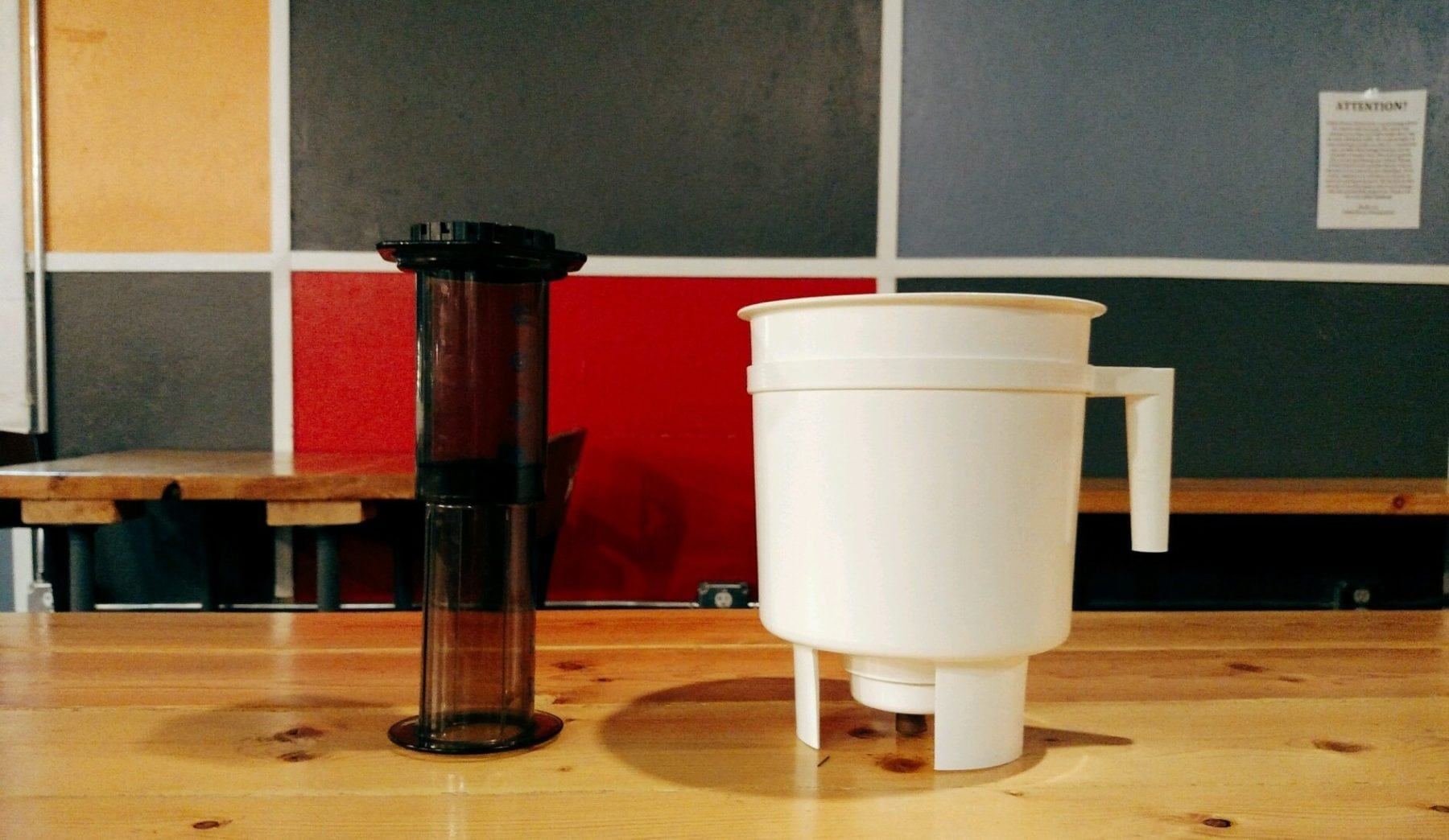

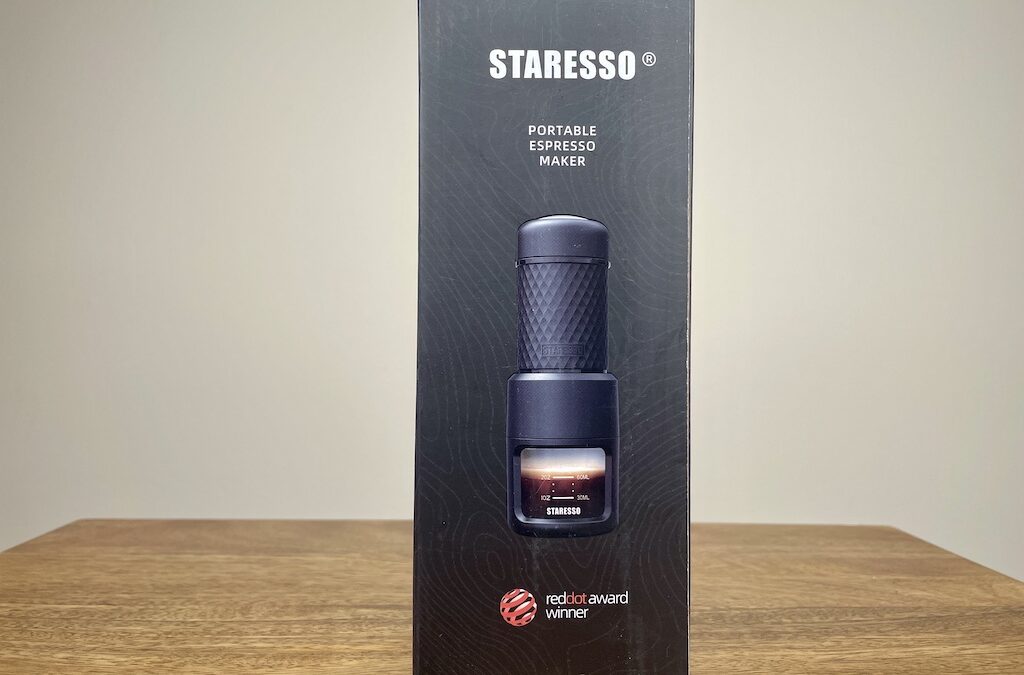
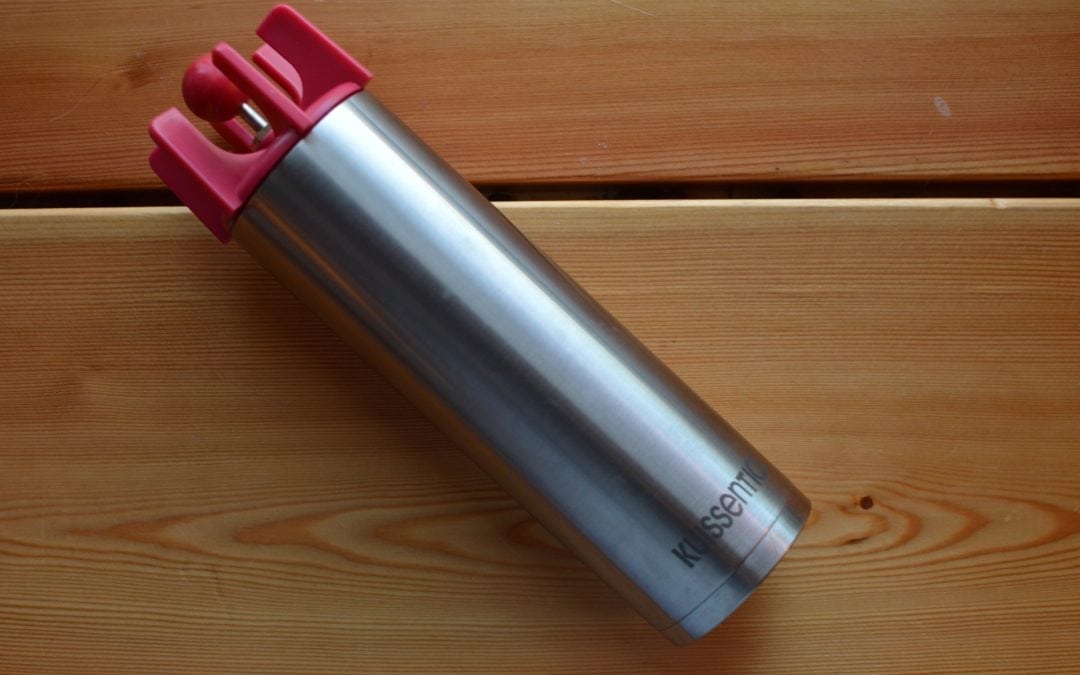


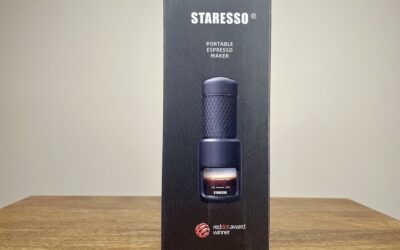

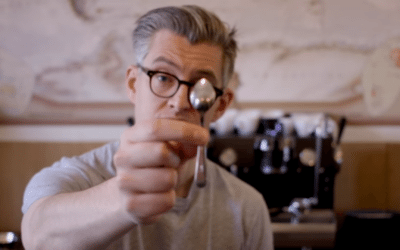
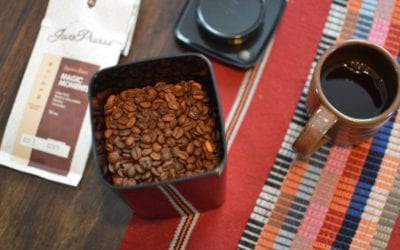


0 Comments